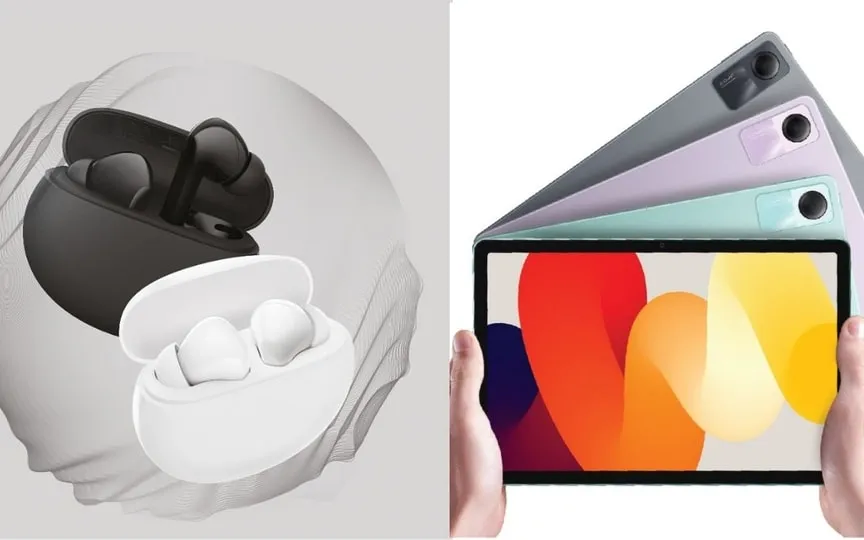Exploring the Possibilities of an Uber-Style Public Transit System: A Small City Ends its Bus Service to Investigate
Only one bus driver, who had previously worked in a larger city, decided to join the newly introduced publicly subsidized van service in a small city. This decision came after the city unexpectedly halted its bus operations and replaced them with the van service, which offered affordable trips within the town for $1.50.
Milton Barnes used to monitor packed subway stations in Washington, D.C., a far cry from the sparsely packed buses he rode after moving to Wilson, North Carolina, to care for his elderly parents. While transit ridership fell almost everywhere due to the pandemic, it has grown at Wilson since it switched from a fixed-route system to a subscription system that works with a smartphone app in September 2020.
“All day I pick people up and drop them off,” Barnes, 59, the only driver who works for both systems, said as he drove his van on a typical busy morning. “When you have door-to-door, corner-to-corner service, it’s going to be more popular.”
The long wait times made the bus route almost unusable for David Bunn, even though his car broke down and he couldn’t afford to replace it. Instead, Bunn, who has two ruptured discs in his back, walked 8 kilometers back and forth to pick up groceries. Then he spotted one of the public vans and punched in the phone number on the back window.
“I don’t have to walk everywhere I want to go now,” said Bunn, 64. “They pick me up, they’re respectful and they’re very professional. It’s a big advantage for Wilson and a good service for me.
Cities of less than 50,000 people are often cited as models of how sparsely populated areas can benefit from transit in the same way that bustling metropolises do.
Wilson received federal and state infrastructure grants to support shared public rides that residents hail — usually within 15 minutes — through services like Uber and Lyft, but at a fraction of the cost to passengers. Rides now cost $2.50, a dollar more than at launch, and Bunn jokes, “Because you can’t drive a Pinto.”
Other communities in North Carolina and elsewhere took note and have taken advantage of available public funding to start their own programs, adding to Wilson’s competition for continued grants.
These smaller, technology-based solutions to mass transit problems, widely known as microtransit, have emerged as a major equalizer in the battle for infrastructure dollars that have traditionally put urban areas’ bus, train and subway needs in road construction projects. sought after by rural communities.
“We don’t just keep transit in big cities,” US Transportation Secretary Pete Buttigieg told The Associated Press. “We want people to benefit from where they live, also in sparsely populated rural areas. The purpose of transport is not to be a bus. Transit is all about getting people where they need to be.”
Ryan Brumfield, director of the North Carolina Department of Transportation’s Integrated Mobility Division, said Wilson’s transition to microtransit was largely out of necessity. Officials seeking to lower Wilson’s sluggish unemployment rate first had to address the fact that in some pockets of the 23-square-mile (59-square-kilometer) city, as many as three in 10 residents did not have access to a car to get to work. .
“That combination of a lot of people needing the service and it happens to be pretty dense makes on-demand a perfect fit,” Brumfield said.
More than half of the rides are for residents who use the vans “to maintain or get work,” said Rodger Lentz, Wilson’s deputy city manager, who pushed for the switch.
But need and convenience weren’t the only reasons for the city’s 300% spike in public transit ridership. Image was also an important factor.
“In small southern cities, the perception of public transit is that it’s for low-income people,” said Gronna Jones, Wilson’s transportation manager. “There is a stigma associated with riding a bus. The transition to microtransit and non-traditional vehicles removed that stigma.”
Wilson partnered with New York-based Via, one of the nation’s top microtransit companies, to create the software and launch an on-demand public van service known as RIDE.
Via started seven years earlier with what was then a consumer service offering shared vans in parts of Manhattan’s Upper East Side not served by the New York City subway. But founder and CEO Daniel Ramot said he always thought of Via as a public transportation company, not a private competitor to Uber, even if it took some time to buy in cities.
“We literally didn’t make it to the meeting,” Ramot said. “They said it was the stupidest idea they’d ever heard, that it would never work, that public transport was buses and trains.”
The first city to sign a public contract with Via was the Texas capital, Austin, where certain corridors were adequately serviced by city buses, but others were considered transit deserts. Since then, Via has expanded to fill transportation gaps in a variety of communities across the United States and beyond.
On Montana’s rural Blackfeet Reservation, residents can order door-to-door rides using its app. At one of the nation’s busiest airports, Chicago’s O’Hare, FedEx cargo workers now use it to get home.
“Every movement is unique,” said Melinda Metzger, director of PACE, the Chicago-area bus system that partnered with Via this summer on the O’Hare pick-up service. “People are going in different directions, and the biggest thing is that the models have changed. We have to understand them and adapt to them.”
While the pandemic drastically changed the nation’s transportation needs, it also helped illustrate one of microtransit’s biggest advantages: the ability to be nimble. Metro systems and even major bus lines lack the flexibility to change service instantly as demand changes, but microtransit is designed for just such fluctuations if it is specifically tailored to each community.
“This is not a music guy where it’s just being brought from one city to another,” said Alvaro Villagran, director of federal programs at the Shared-Use Mobility Center, which helps grantees with microtransit projects. “There are opportunities and challenges at the local level that need to be taken into account.”
Yet the biggest challenge of all is largely universal: cost.
While the Biden administration has prioritized transit and microtransit projects and awarded grants through the $1 trillion infrastructure bill enacted in 2021, the limited amount of money is in high demand.
Even Wilson can’t run its microtransit pilot program forever without finding new ways to pay for it, said Kai Monast, associate director of North Carolina State University’s Transportation Research and Education Institute.
Monast predicts that while Wilson will remain committed to microtransit, the community will eventually return to a partially fixed-route system that has been heavily modified based on data collected over years of ride-hailing. But he relies on the city’s creativity to power it.
“They may find an answer that has never been there before,” Monast said.




